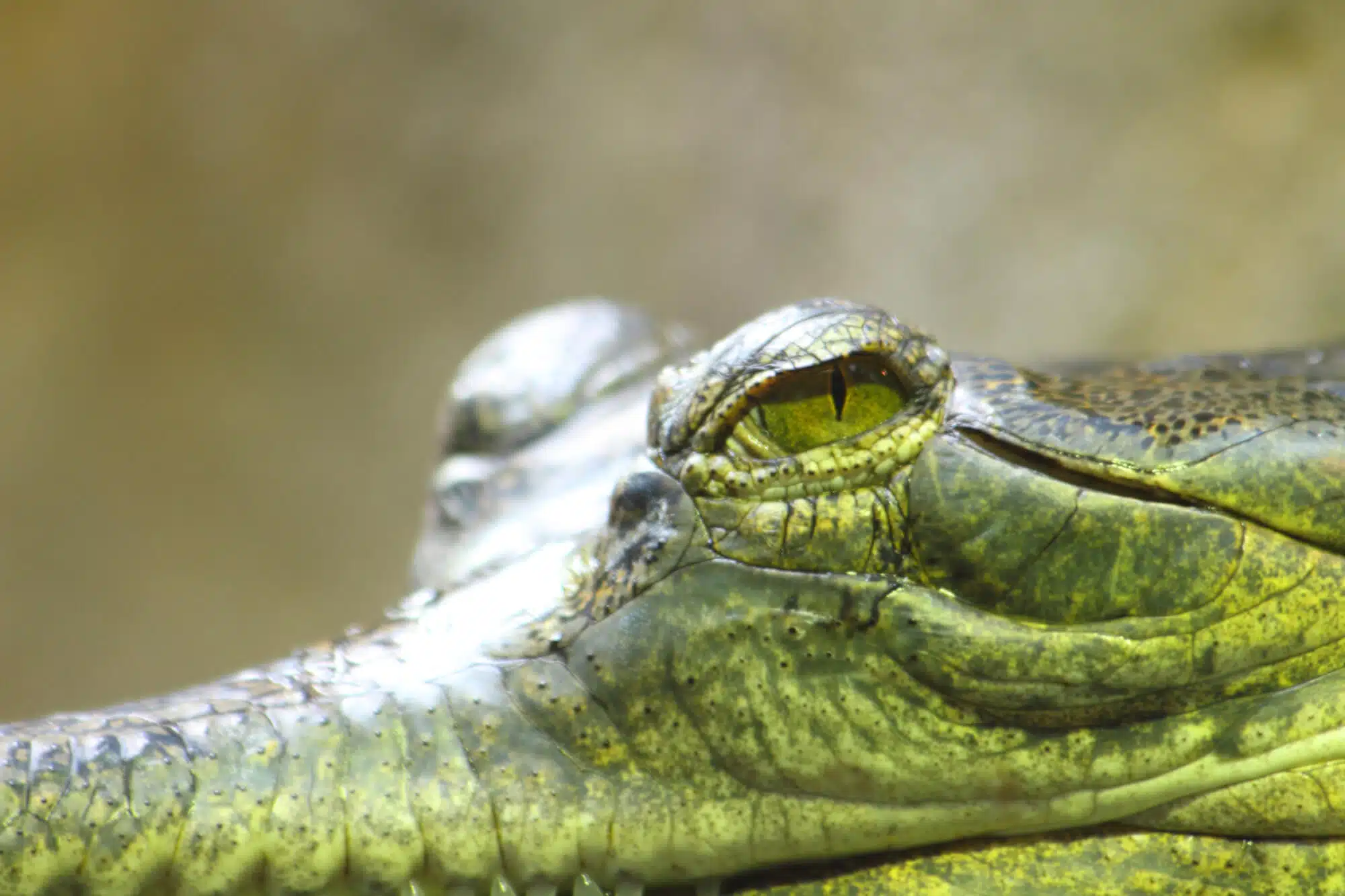About a fifth of the world's reptile species are in danger of extinction

If there are animals that seem to us as if they were taken from a prehistoric world, they are the scaly and armored reptiles, which often inspire characters in blockbuster science fiction films. It is estimated that over 12,000 species of reptiles live in the world today. A new international study with the participation of researchers from Tel Aviv and Ben-Gurion Universities in the Negev states that 21% of them (1 out of every 5 species) are in danger of extinction.
lose billions of years of evolution
The comprehensive study and the first of its kind was carried out by the International Union for the Conservation of Nature and Natural Resources (IUCN), and 52 researchers from all over the world participated in it, including Prof. Shay Meiri from the School of Zoology and the Steinhardt Museum of Nature at Tel Aviv University, and Dr. Uri Roll from Ben-Gurion University in the Negev. It was recently published in the prestigious journal Nature.
The research findings show that 30% of the reptiles that live in the forests are in danger of extinction and about 14% of the reptiles that live in arid areas. If you have a special affection for turtles and alligators, you should know that 58% of all turtle species and 50% of all alligator species are endangered. The researchers sadly point out that if all 1,829 species of turtles, crocodiles, lizards, and snakes found to be endangered do become extinct in the coming years - the world will lose the cumulative wealth of 15.6 billion years of evolution (meaning the cumulative wealth of the evolution of all these species - not of the entire evolution a. B.).
Happily, according to Prof. Meiri, not a single species of reptile has become extinct in Israel in the last decade, but there is a long list of species whose danger hovers over their heads, including the Be'er Sheva shrew, the Gildi sea turtle, the collared turtle, the rayed turtle, the Mizrahi fury, the horned lizard , Hermon gecko, Timna's loggerhead, Spotted turtle, green sea turtle, brown sea turtle, soft sea turtle and more.
A map of threats
The IUCN is an international body whose role, among other things, is to assess the threat of extinction faced by species. Each species of animal or plant receives a score on a five-point scale. The purpose of the ranking is to define the most threatened species, thus allowing the decision makers and various bodies, such as the Nature and Parks Authority in our country, to outline policies accordingly.
In 2004, the IUCN published the comprehensive report on repellents and a few years later reports on birds and mammals were also published. For the past 18 years, the IUCN has been working on the reptile report, inviting experts for this taxonomic group from all over the world.
"In general, the situation of reptiles in the world is bad," says Prof. Meiri. "It is worse than birds and mammals, although not as bad as the situation of the ruminants. We see that the condition of the turtles, for example, is worse than the condition of the lizards and snakes, but this may be due to the fact that we know more about turtles. Maybe if we knew more about snakes, we would see that they are also in big trouble. Either way, the biggest threat to reptiles is habitat destruction due to agriculture, logging and urban development, and less so due to direct hunting, which mainly affects turtles and alligators. We have created detailed maps of these threats. For example, if a certain species is highly threatened in the Araba in Israel but is not threatened in the entire Arabian Peninsula, then globally it is not considered an endangered species. The new assessments of over 10,000 species of reptiles will allow us to understand their nature conservation needs, and to find much more intelligent solutions for them than we could until now."
"This is an important work that forms the first basis for risk assessment among different reptiles around the world, but is absolutely not the end of the story," adds Dr. Uri Roll. "We still lack a lot of information about the various risks facing reptiles, for example, the considerable impact of predicted climate change. The current assessment that has been published does not yet include these future risks and we have a lot of work to do."
To the question of whether there is still room to stop the wheel, Prof. Meiri answers that "there is room for optimism, but not a lot of room. Reptiles, partly thanks to this research, are finally taking their place among the groups for which a dedicated nature reserve can be planned. They are now conscious and there are ways to help them. In Israel there are great efforts to protect turtles (almost all species, in the sea and on land), and a little (very) also for turtle hawks. Even less attention is given to most species of lizards and snakes, which are the vast majority of species."
More of the topic in Hayadan:
